Group: Abi, Ellie, Leanne, Sophie, Soso, and Raveena


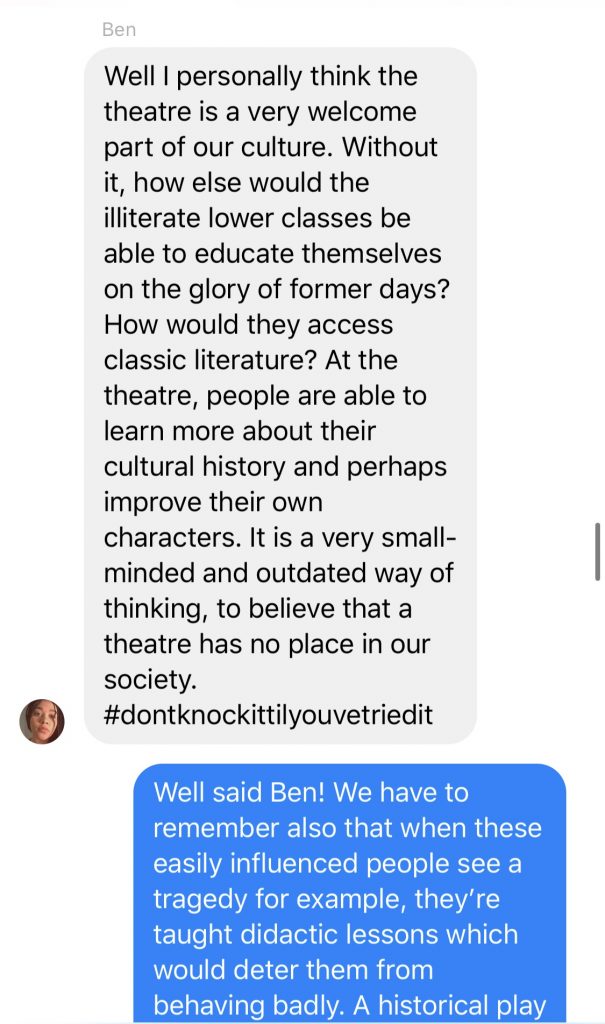
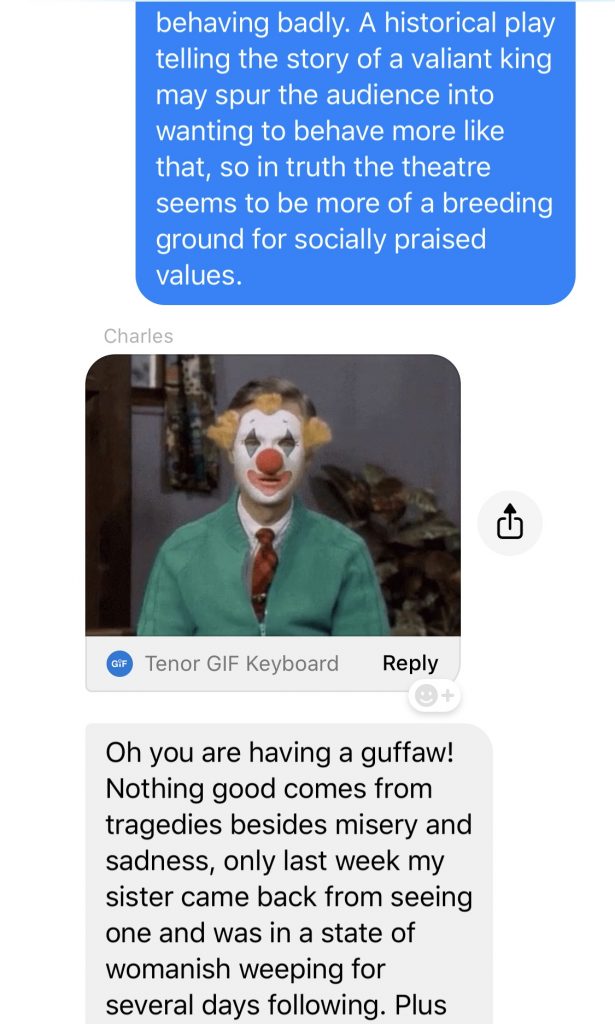
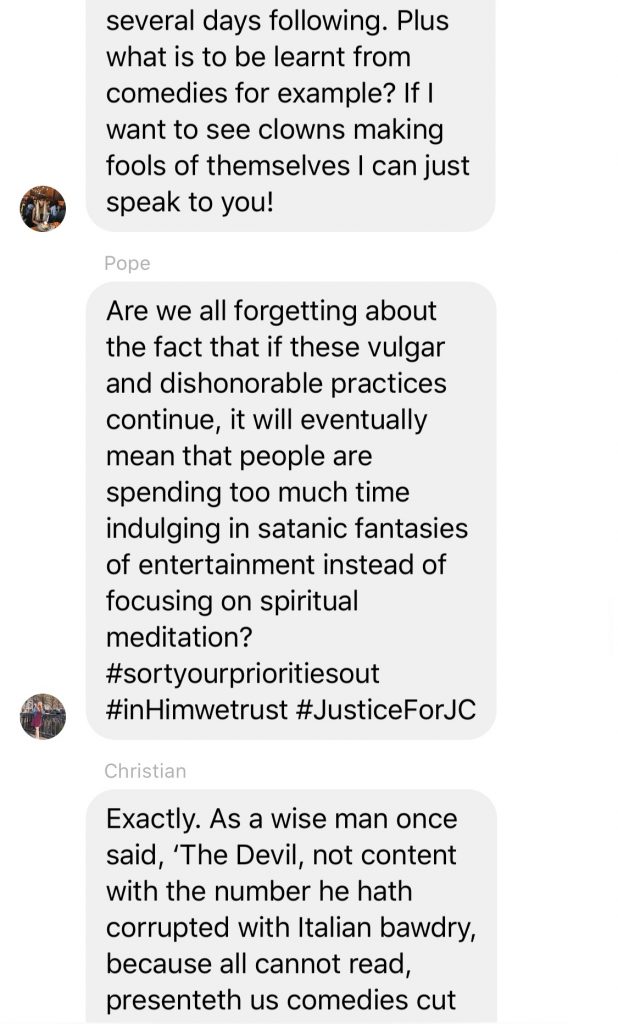
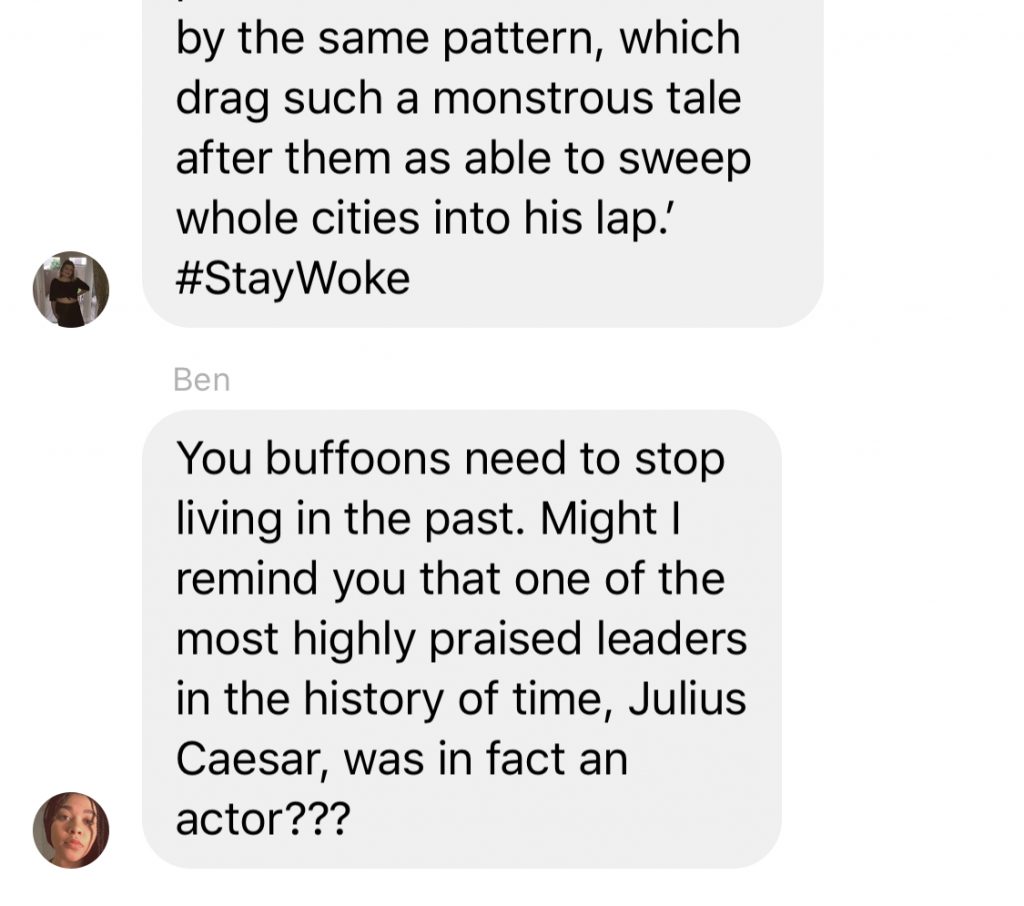
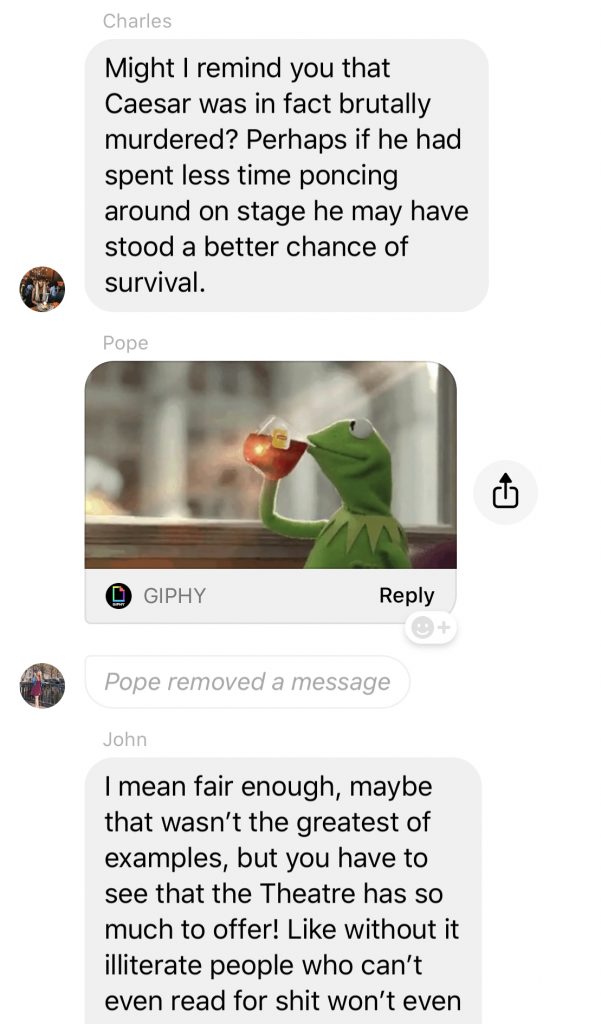
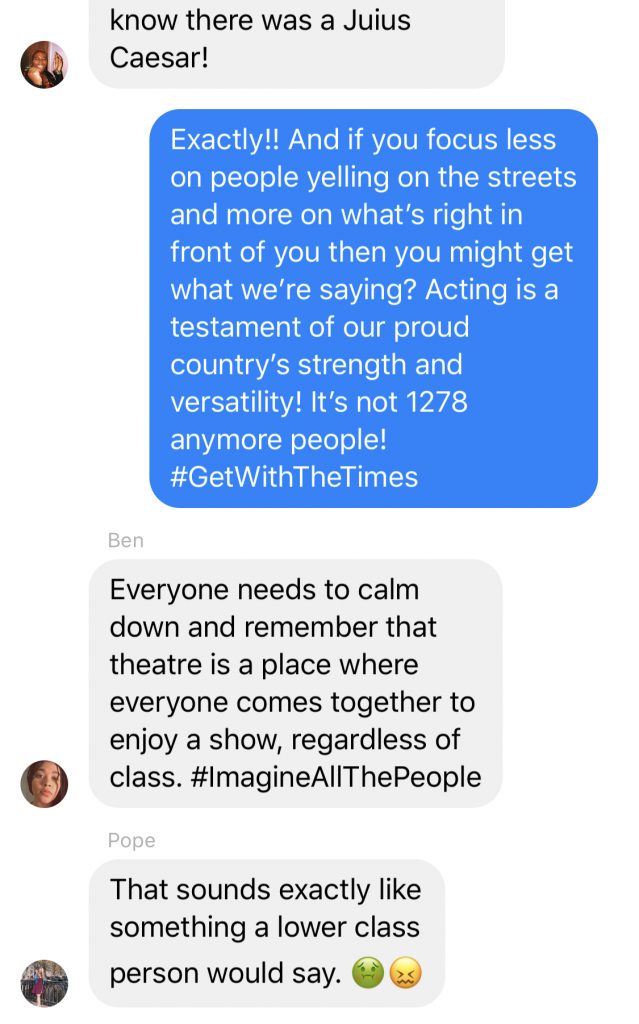
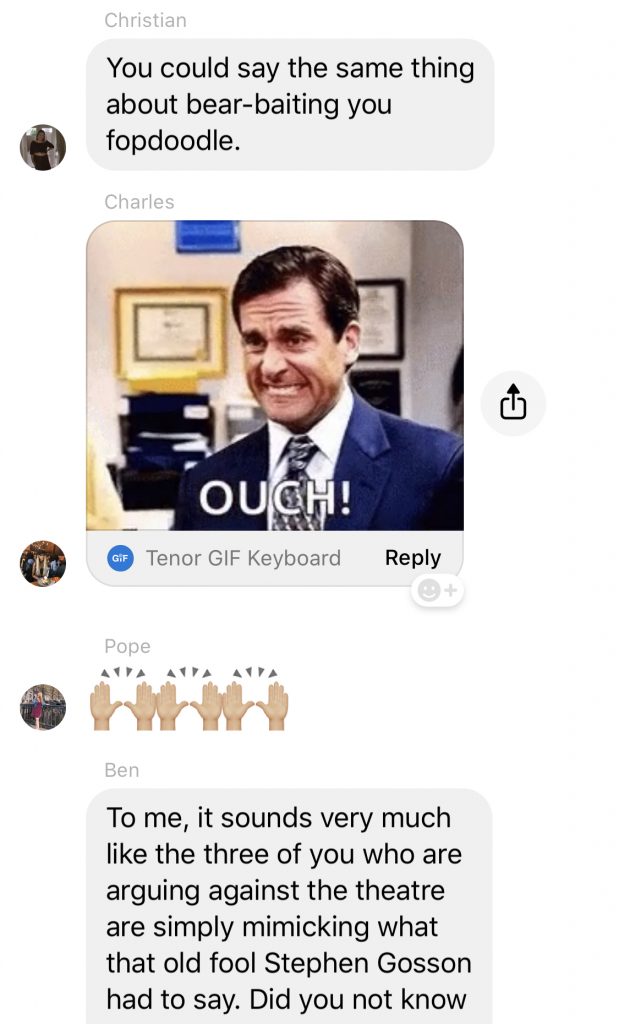
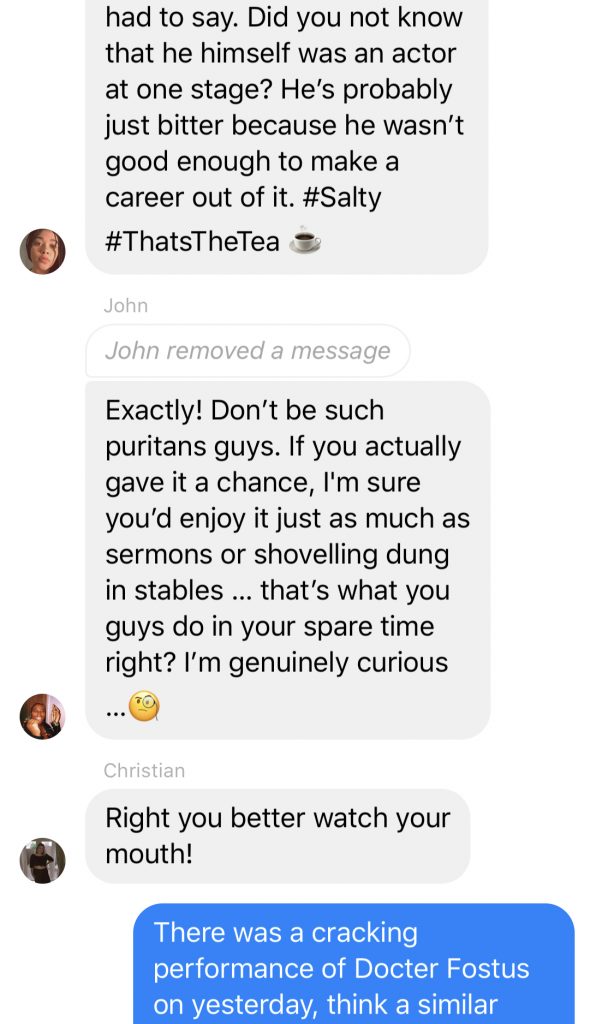
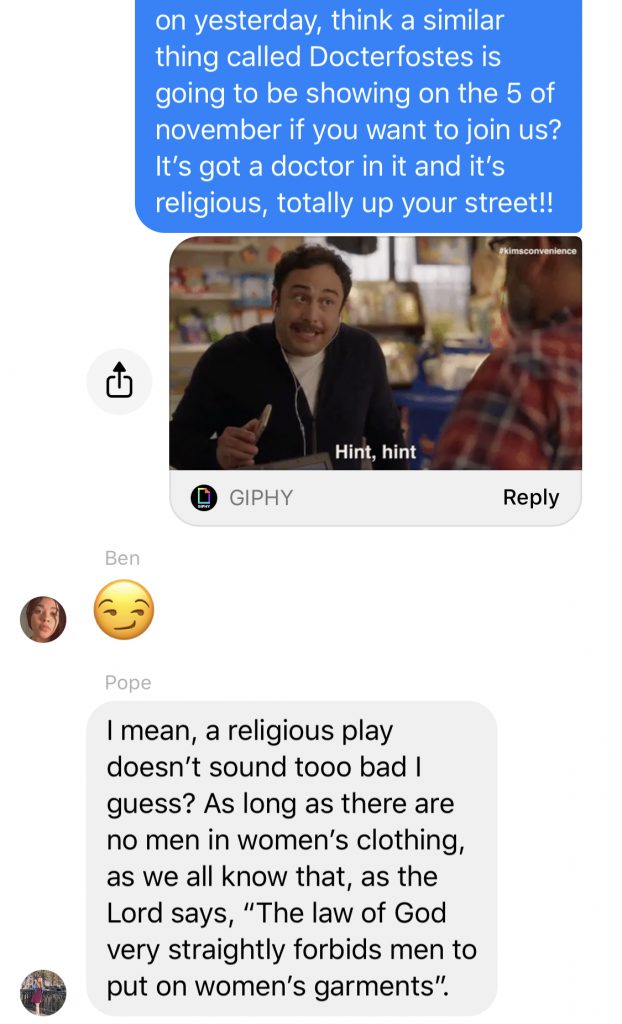
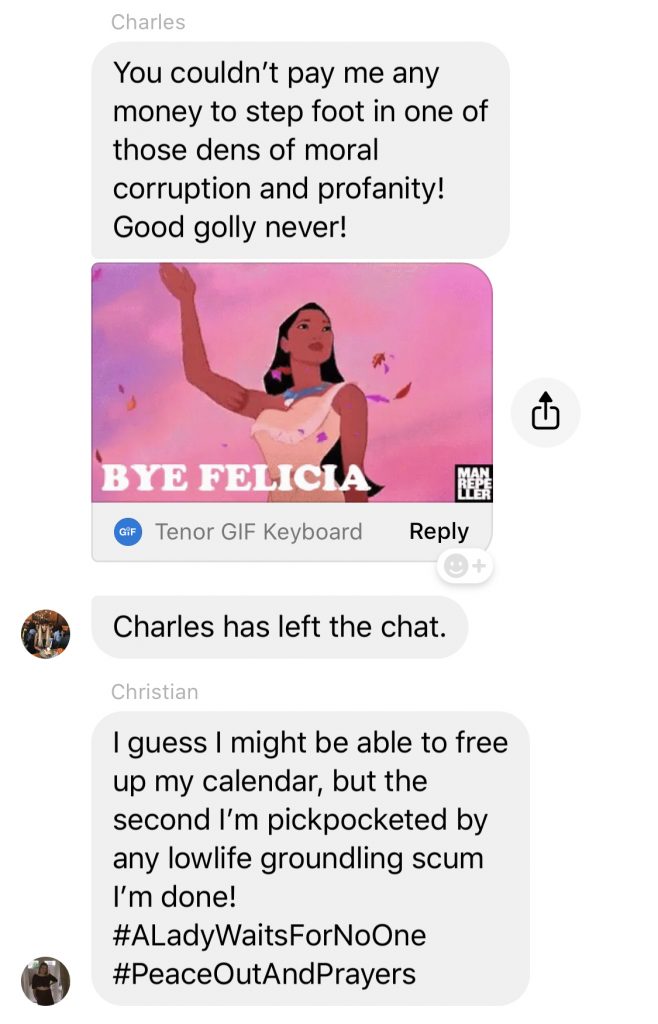
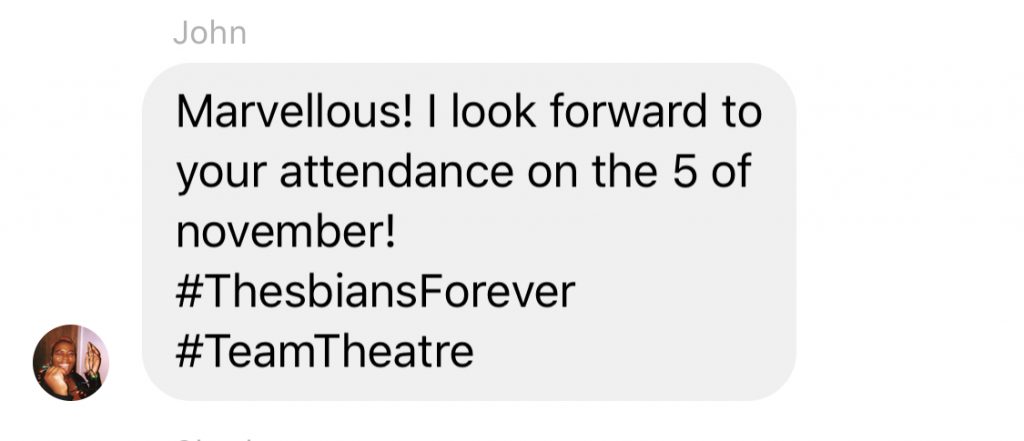
Group: Abi Dickson, Ellie Simmonite, Leanne Francis, Sophie Hamilton, Soso Ayika & Raveena Mehta
Thomas Platter’s account of entertainment in London depicts theatre as being something that was highly reliant on the weather, light, and travel and evolved over time.
We learn that theatre was highly invested in with “two, sometimes three” plays occurring throughout the day in different locations – some taking place across the river. The plays were in competition with each other and the least popular, something “that was ‘damned’ or ‘hissed’ after first performance” (Stern, Tiffany. p.63), would no longer be performed. Competition was also significantly increased by the fact that “as the city was so small, potential audience for the theatre was also small” (Stern, Tiffany. p.62), necessitating increased violence in certain theatre productions to appeal to those attracted to, for instance, performances of bear baiting.
The lack of technology during the era of Elizabethan theatre meant that plays were typically performed around lunchtime when there was more light, and actors would often over-exaggerate their gestures for those in the audience who were short-sighted. Tiffany Stern tells us that “large gestures will have been very important, for corrective spectacles for short sight did not exist.” (83) In regards to costumes, a social ladder is highlighted as actors (those lower in society) would purchase their expensive and elaborate costumes from serving men, who would receive these outfits as gifts from deceased lords or knights.
We also learn that the layout of theatres differed: playhouses were constructed “on a raised platform” so that everyone had a good view, whereas other galleries offered better seating for those who were willing to pay, perhaps as a way to divide the upper from lower class. Those who could not afford seating paid one penny to stand for the entirety of the performance.
Platter also says that plays were used to teach the public about what was happening abroad: “the English for the most part do not travel much, but prefer to learn foreign matters and take their pleasures at home.” This suggests that theatre served various purposes, such as entertainment and education.
Platter’s account also indicates that the theatre was a place of networking where the wealthy could be sociable and perhaps flaunt their wealth: ‘if he desires to sit in the most comfortable seats which are cushioned, where he not only sees everything well, but can also be seen’. This tells us that people would pay extra money in order to show themselves off around their peers.
2. What strikes you as the most unusual aspect of Elizabethan theatre?
Food and drink was offered to members of the audience who could afford it. This could be considered ‘unusual’ as it seems like a relatively modern concept: one we still use today.
Elizabethan theatres and other venues were not only used for plays but for other forms of entertainment, such as ‘bear baitings’ and ‘cock fights’ which occurred throughout the year.
Members of the public would pay to watch these animals “wound each other to death”, often betting on the one they thought would win. Sometimes the ‘cocks’ would be given brandy before a fight, adding to the “wonderful pleasure” of the violent display. Platter also describes how much money was circulating due to this violent sport: ‘I am told that stakes on a cock often amount to many thousands of crowns.’ Bears would be bound by a rope and ‘baited’ by a group of “great English mastiffs” every Sunday and Wednesday. He graphically describes how the animals were treated outside of the baiting pits, for example describing how the bears’ teeth were ‘broken short’ so that they could not injure the dogs. The place was described as “evil-smelling because of the [lungs] and meat on which the butchers feed the said dogs.” These activities made theatres incredibly unhygienic places with no regard for animal welfare, which differs from the theatres we visit today.
Platter states that “women as well as the men, in fact more often than they, will frequent the taverns or ale-houses for enjoyment.” Despite being unable to perform in plays, women were able to visit inns and taverns throughout the city and drink wine with men.